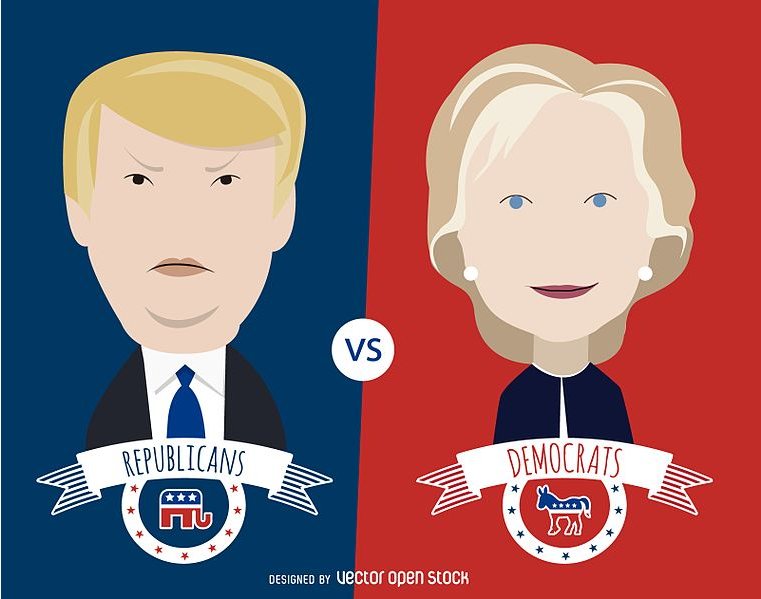The US Is King In The Global Hedge Fund Community
| For Fórmate a Fondo | 0 Comentarios

The US is the dominant component of the global hedge fund community, accounting for 72% of the approximately $3.1tn of global assets under management (AUM), as of 30th June 2016. Although other regions are emerging as regards hedge fund activity, the US is home to 3,170 of the 5,092 (62%) institutional investors active in hedge funds, and 3,209 of the 5,377 (60%) active hedge fund managers tracked by Preqin.
The US hedge fund industry has also seen strong growth in recent years, increasing by $13bn in the first half of 2016 – despite global outflows – and by $138bn since the start of 2015. Moreover, in Preqin’s recent survey of over 270 hedge fund managers, notably more US-based managers reported an increase (26%) in the proportion of their AUM allocated by investors than reported a decrease (4%), depicting a positive outlook for the US hedge fund industry.
Hedge funds located in Pennsylvania charge the lowest average performance fee (17.54%) of the top 10 most active US states, with funds based in Virginia charging the highest average fee of 20.00%. Massachusetts-based vehicles charge the lowest mean management fee, at 1.25%, while those located in Illinois have the highest fee of any state (1.58%), on par with New York-based funds (1.57%).
Hedge funds based in Texas have generated 3-year annualized performance of 8.96%, the highest of any of the top 10 US states, while Virginia-based vehicles have recorded returns of 8.13%. Hedge funds in Illinois, Connecticut and Massachusetts have fared less well over the same period, with annualized returns of 2.54%, 2.80% and 2.88% respectively.
Over one-third (37%) of US-based fund managers are based in New York, and collectively these firms hold $1.1tn worth of assets – 36% of global industry AUM. Furthermore, New York represents nearly half (46%) of US-based funds incepted since 2009.
New York has the most active institutional investors (544) of any state in the US, while California are second in the list with 341 investors located in the state. The 77 New Jersey-based investors have an average current allocation to the hedge fund industry of 18.8%, by the far the highest of any state.









